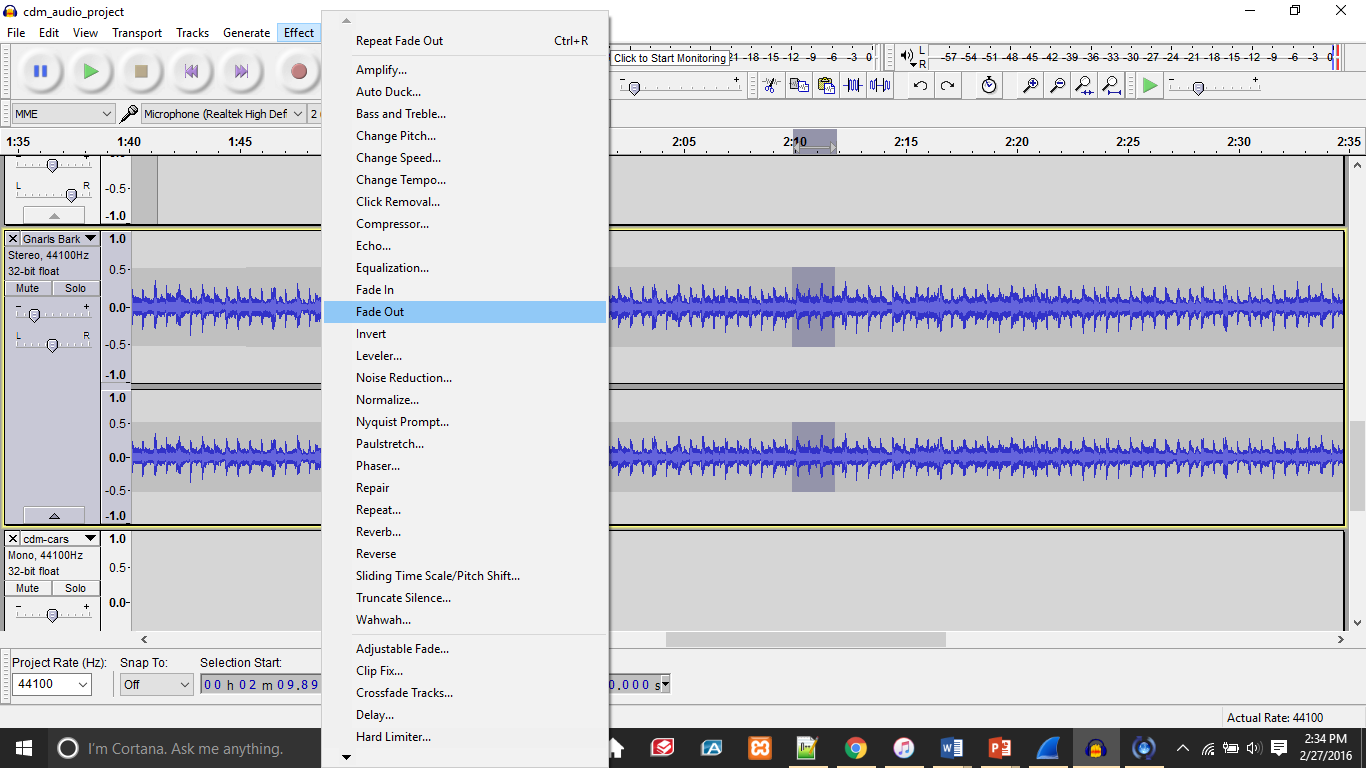For the Twine game that I decided to write about was “The Uncle Who Works fro Nintendo”. I felt like this Twine as a whole was very interesting and seemed to mirror a lot of the qualities of other Twines that I’v played so far for class. One thing that seems to be very similar with all the Twine games is that they all have a very dark background to them. They give out an eerie vibe of something bad happening and usually hint to death or destruction.
Throughout the entire game, you begin to notice after the first two or three slides of the game that you have an array of options to choose from. But it really doesn’t become completely evident until you get to the point of sitting in the Den with your friend waiting for the clock to strike midnight. During that time, there are upwards of five different options that you can choose which sometimes led to more options. In my opinion, I never really felt like any of the choices I was making were going to have any real consequences. At some points, I thought that if I chose one option over the other, I might have gotten into a fight with the friend I was with but besides that, nothing felt too drastic.
With this Twine, image plays a large part in the backdrop of the game. It’s always there behind the text and always toned town somewhat which gives the game and setting a more eerie feeling to it. Sound is used sparingly and is usually only prominent when the clock is striking at 12 indicating that it’s one step closer to midnight. I think these elements add to the dark feeling that the game is trying to convey. These elements, in my opinion, work well with one another. If the images were too bold or there were too many sounds being added in at every minute, it would’ve made the game feel tacky and not as dark.
Color throughout was very dark which seemed to suite the game very well. Font didn’t seem to play a large part of the game until the end when the until came in and the letters began to turn into symbols. I think the transition from letters to symbols added to the effect of feeling as if it was the person’s own computer malfunctioning which I think was a goal of the creators. Overall, I found this game to be somewhat boring, and that could easily be due to my need for something more intriguing to my mind. But I think the whole concept is really fascinating, but I’m not sure what I would change or do differently to make the actual game more captivating.




























